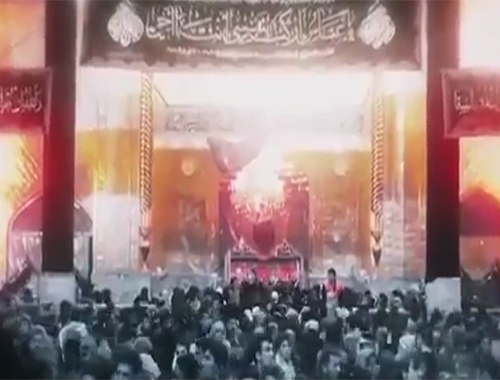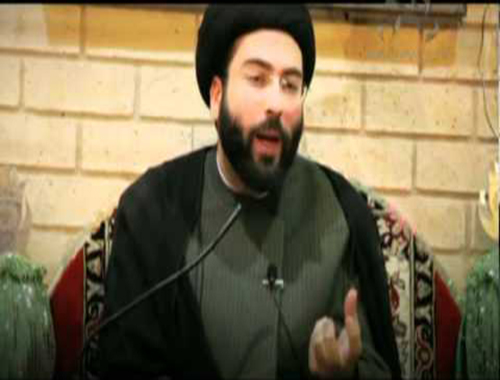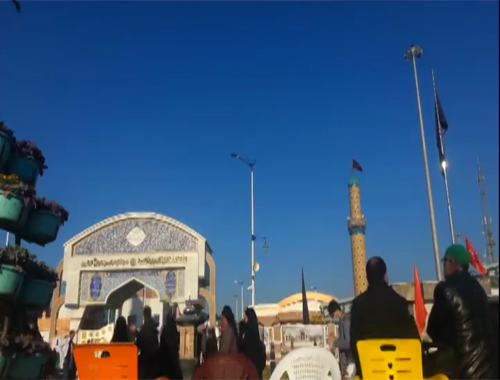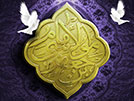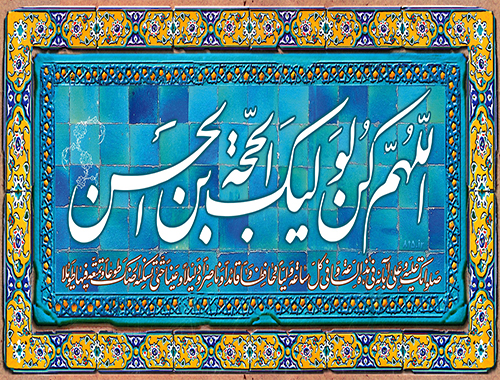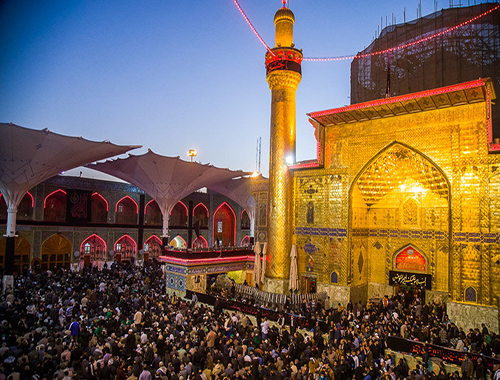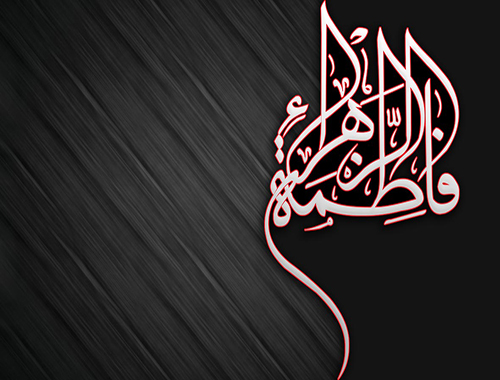Chapter Five: Slaughtering Hady
- Details
- Hits: 2364
Chapter Five: Slaughtering Hady
Issue 347. It is obligatory on the pilgrim in hajj al-tamattu‘ to slaughter hady with one of the three types of animals i.e. camels, cattle, and sheep, whether male or female, and the best are camels. It is invalid to slaughter any animal other than these.
Issue 348. Slaughtering hady is a worship for which intention is a terms with the same conditions mentioned in the intention for ihÌ£rÄm.
Issue 349. Conditions to be regarded in the animal to be slaughtered as hady are:
First: Age. For a camel it is a condition that it should have entered the 6th year of age, while for a cow and goat the 3rd year according to obligatory caution. For sheep entering the 2nd year is a condition according to obligatory caution. It is invalid to slaughter a younger animal, while an older one is alright.
Second: Being healthy and physically sound.
Third: Should not be slim.
Fourth: All body parts / organs must be intact and complete. A defective animal, like a castrated one, is invalid; however, an animal with traumatized testes is alright unless it has reached the state of castration. Also it is invalid to slaughter an animal with a cut tail, one eye lost, a limp, an amputated ear or a broken internal part of horn. The rule is the same with those with congenital defects. Thus, an animal that has a defect in one of its parts / organs that is considered defect in the similar animals is invalid. However, one with broken external horn (the covering sheath over the internal horn) or with a torn or pierced ear is alright.
Issue 350. If one had slaughtered an animal thinking it was sound and discovered later that it was diseased or defective, he / she is obliged to slaughter another hady whenever he / she becomes able.
Issue 351. It is based on caution to delay slaughtering the hady after the ramy of Jamarah al-‘Aqabah.
Issue 352. It is based on obligatory caution and under normal conditions not to delay slaughtering after the day time of the day of ‘Ä«d. One who delays it deliberately, inattentively or ignorantly, whether due to an excuse or not, should by obligatory caution, slaughter it during the days of tashrÄ«q (11th, 12th and 13th of Dhul Hijjah), if possible; otherwise, on any day of the month of Dhu'l-Hijjah with no difference, apparently, between the day and the night.
Issue 353. The site of slaughtering is MinÄ. If one is prevented from slaughtering there, one could do it at the present place prepared for it.
Issue 354. It is based on obligatory caution that the man doing the slaughter is a believer (mu'min). However, it is not remote that belief is not a condition if one intends the obligatory practice by himself / herself and give the power of attorney to a nÄ’ib as a representative for slaughtering only.
Issue 355. It is a condition that one should slaughter with their hand or give the power of attorney to another person to do that. If somebody had slaughtered on ones' behalf without one's previous approval, the slaughtering is problematic. So it is based on caution not to suffice with it.
Issue 356. The slaughtering tool must be made of iron or stainless steel. If one had doubts about that, he / she should make sure of it. Otherwise, slaughtering with it would be invalid.



